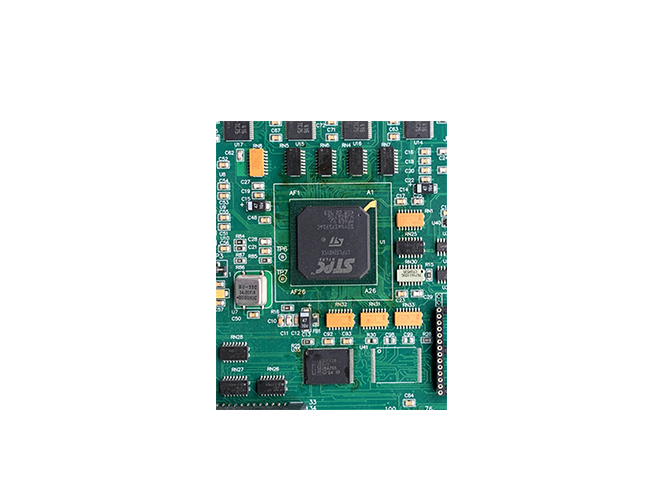-
CN
-
Service Hotline
+8618129931046 Mr. Liao


Time:2025-06-23 Views:1

The backdrill process is an important technique used in the manufacturing of double-sided PCBs to improve signal integrity and reduce electrical losses. In a double-sided PCB, when vias are drilled through the board to connect the top and bottom layers, the unused portion of the via barrel (the part of the via that extends beyond the necessary connection point) can act as a stub, causing signal reflections and impedance mismatches, especially at high frequencies.
The backdrill process aims to remove these unwanted via stubs. It typically occurs after the initial via drilling and the completion of the circuit pattern on the PCB. The process begins with precise measurement and identification of the location and length of the via stubs that need to be removed. This is often done using automated optical inspection (AOI) or X-ray inspection techniques to accurately determine the position of the vias and the extent of the stubs.
Once the stubs are identified, a specialized backdrill machine is used to drill away the excess via material. The backdrill machine is programmed to drill to a specific depth, ensuring that only the stub portion is removed while leaving the functional part of the via intact. The drill bit used in the backdrill process is usually smaller in diameter than the original via drill bit to ensure accurate removal of the stub without damaging the surrounding traces and components.
After the backdrill operation, the PCB undergoes a cleaning process to remove any debris generated during the drilling. This is followed by the application of a protective layer, such as a solder mask, to cover the newly exposed surfaces. The backdrill process offers several significant benefits. It reduces signal attenuation and crosstalk, improving the overall signal quality, especially in high-speed digital and RF circuits. By minimizing the via stubs, it also helps to maintain a more consistent impedance across the PCB, which is crucial for reliable data transmission.
However, the backdrill process also adds complexity and cost to the PCB manufacturing process. It requires specialized equipment and precise control to ensure accurate removal of the stubs. But for applications where high-frequency performance and signal integrity are of utmost importance, the backdrill process is an essential step in the production of high-quality double-sided PCBs.